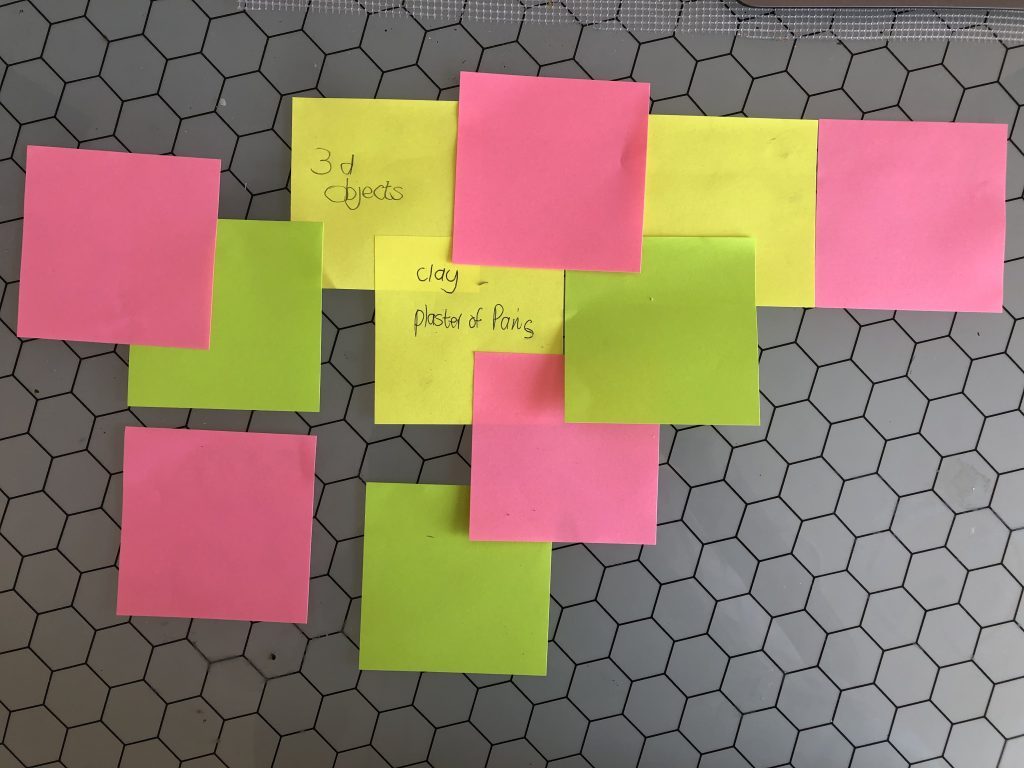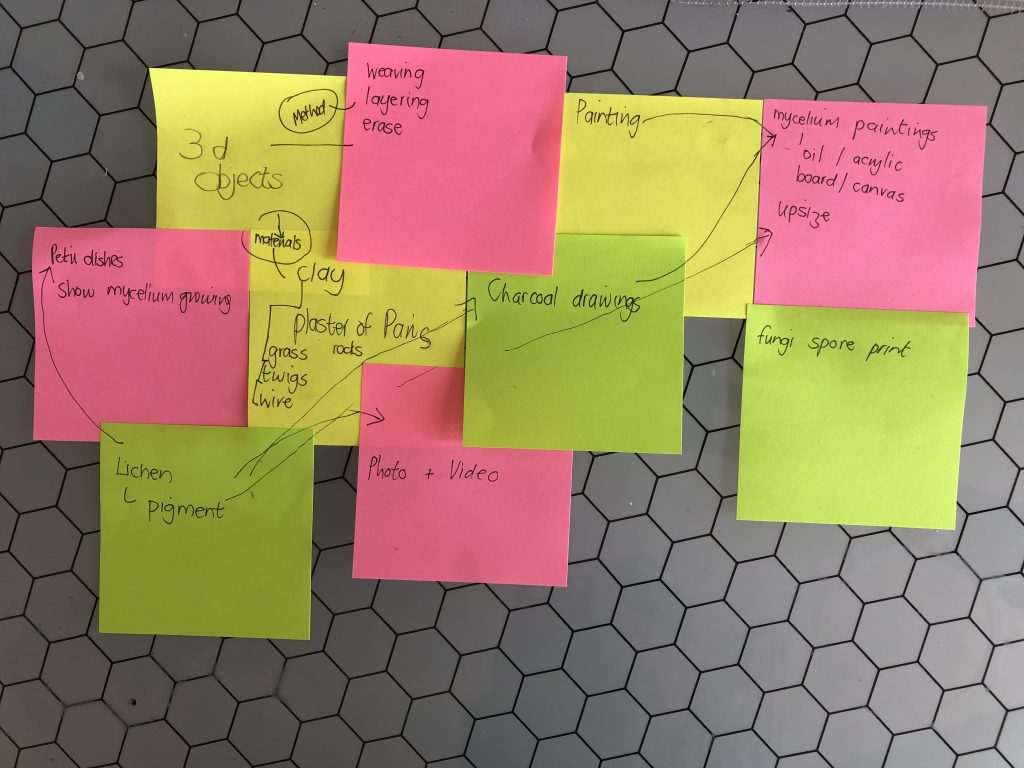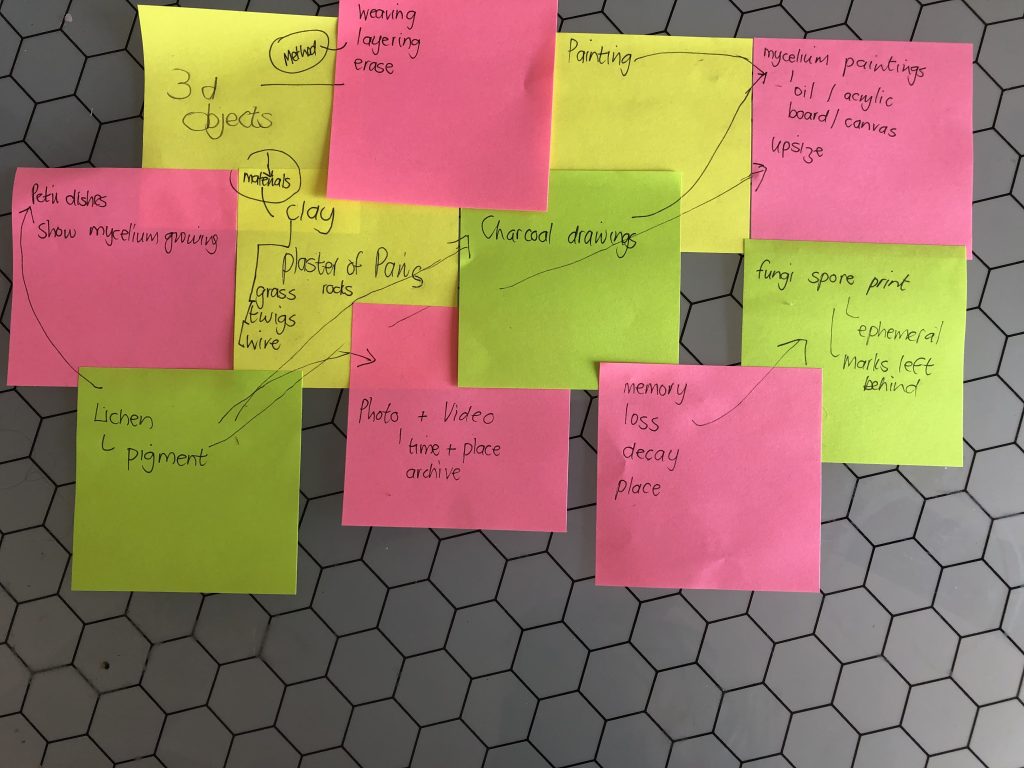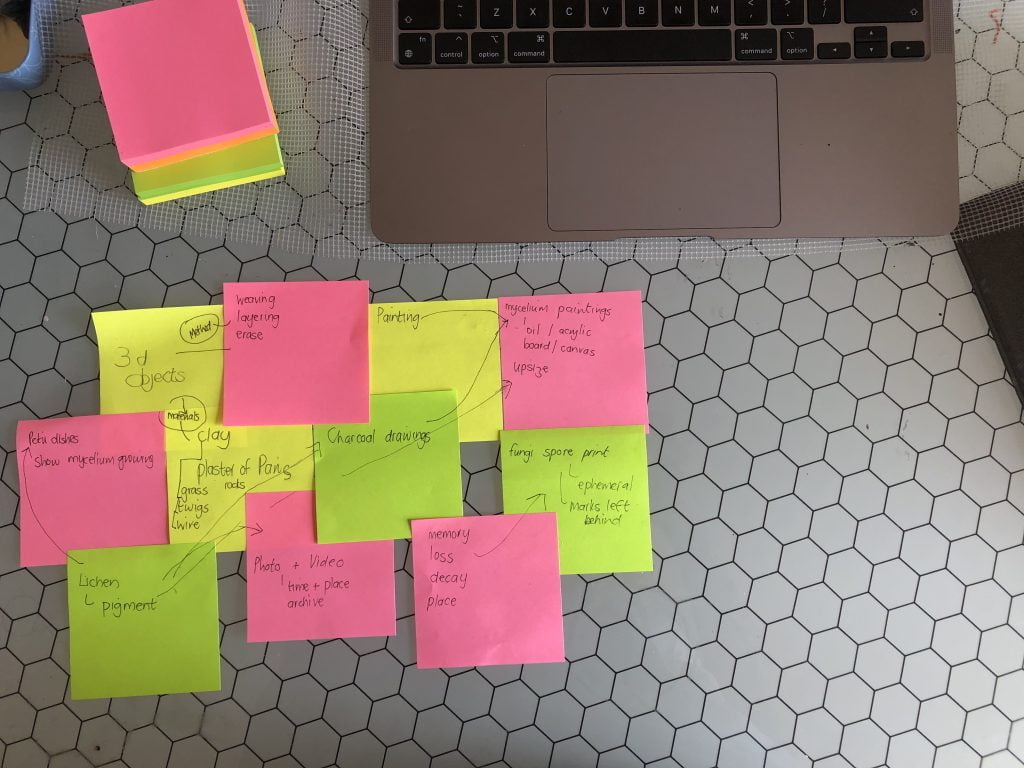When mapping the path ahead, I think of idea boards filled with ideas like found objects, photos and sketches. I prefer to work with a notebook, a sketchbook and a camera. When looking at conventional maps, I think about it as a way to a destination, but it can also be a pointer to the unpredictable, leading to a great experience. I think mapping does not work with my natural flow of thinking and/or planning, but I love maps when travelling and will use this analogy in terms of where I am and think I am making my way to. I do appreciate the work shared in the study material. Mozhdeh Zandieh, Mapping the Territory video response is inspiring to work.
I want to stay open to going off the road, following the less travelled road, and being willing to turn back or stay with the unfamiliar. Our recent trip comes to mind:
Ideas filled my mind after we visited the Kalahari, a semi-arid savannah area in the Northwestern part of our country bordering Botswana and Namibia. It was the beginning of the rainy season, and the game was spread and not easy to encounter. The park has few roads, and one mainly stays alongside the river, framed by red dunes – this time of the year, the grass was still plentiful. I was intrigued by the sociable weavers who nest in huge communal nests in camel thorn trees or on electrical poles/telephone poles. I have often watched these birds during camping trips to this area. Still, during this trip, I found that their social or communal way of living linked to my research on cooperation and networking between living and non-living. These vast nests have always attracted me, as a birdwatcher, as other birds will also exploit the nest, be it for shade, look out point of vantage and or food.
I have never been so aware of these nests being there for communal benefit. For the first time, I think, where did sociable originate? Their scientific name is Philetairus socius, and they build massive collective nests in which at least 400 – 500 birds can live and breed. Let me describe the nest; these nests are at least 7 meters in diameter, and the nest structures can reach heights of up to 4 meters. They look like a haystack stuck up a tree or telephone pole alongside the road. I had seen several fallen, probably after the rainy season, when they became waterlogged and heavy. When standing under a nest, one would see several entry holes. The image below gives a good impression of the nest, its size, and the entrance hole, and one can even see a part that has fallen off and is lying on the ground.
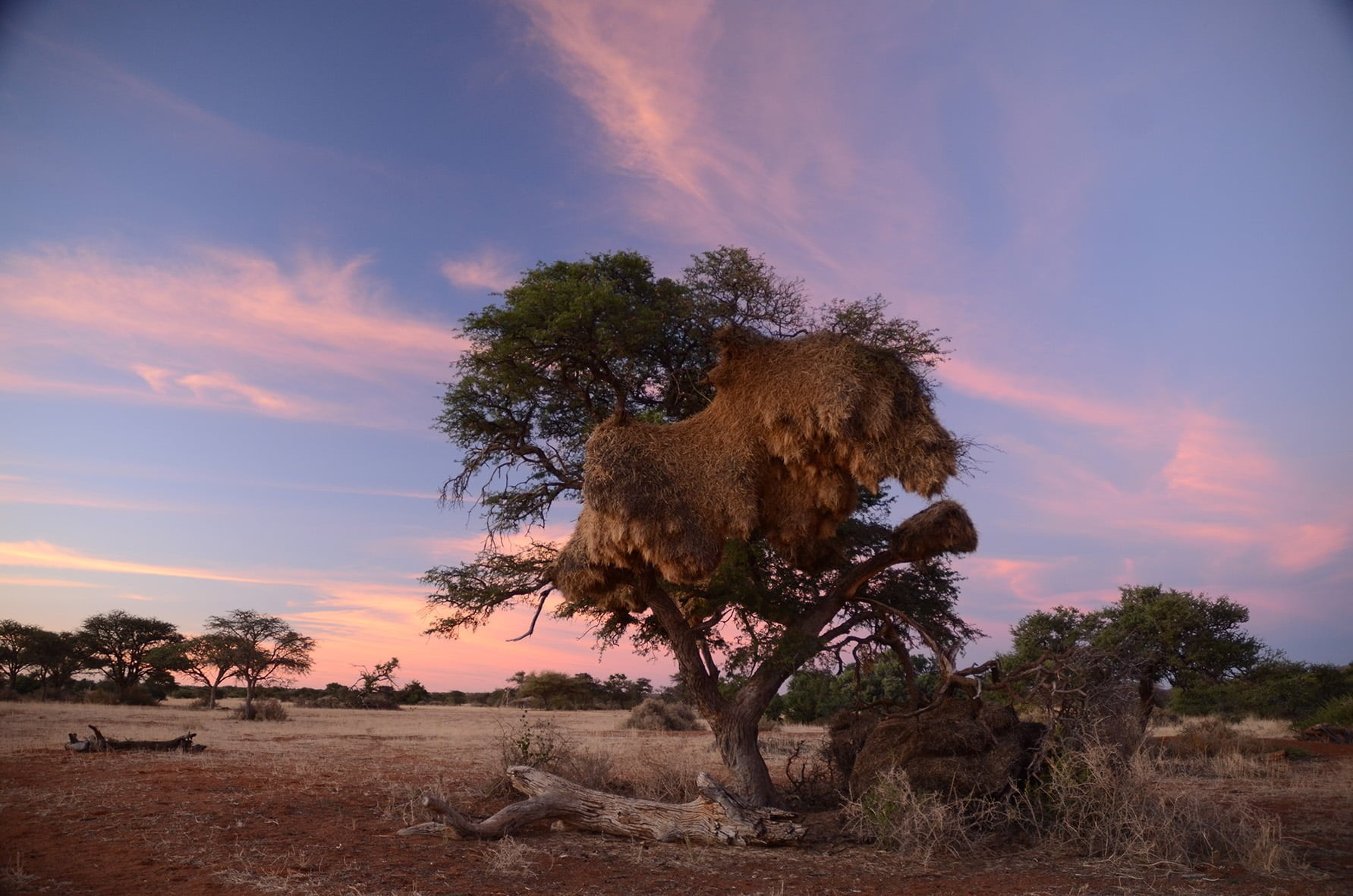
My fascination started when we were still on the tar road, on our way to the Kgalagadi Transfrontier Park, when my husband commented on the nests on the telephone poles looking like giant mushrooms.
I see my mindmap going as this giant woven and extended nest: a thatch roof (final body of work) built up by layers made up of separate rooms, some a mess, some organised, library or reading areas, new tunnels filled with uncertainty, questions, failures, experimentation and trepidation, entry holes – like different outcomes, influences, visitors/artists coming in to share their experience, learn from their work, collaborate with.
Nature plays a significant role in my making and thinking. I feel inspired after my holiday in the wilderness, and my nest is growing/expanding. It is a haven as well. I made a quick drawing of how it looks under one of these vast nests and then took a walk to the haybales lying on the farmyard – this will be mixed into feed for the sheep during our dry summer season. I find inspiration and can see a nest from this material, but also my many thoughts about creating a body of work.
I start with current images which I find inspiring; below is a collage of photos of my work and other found works and objects.
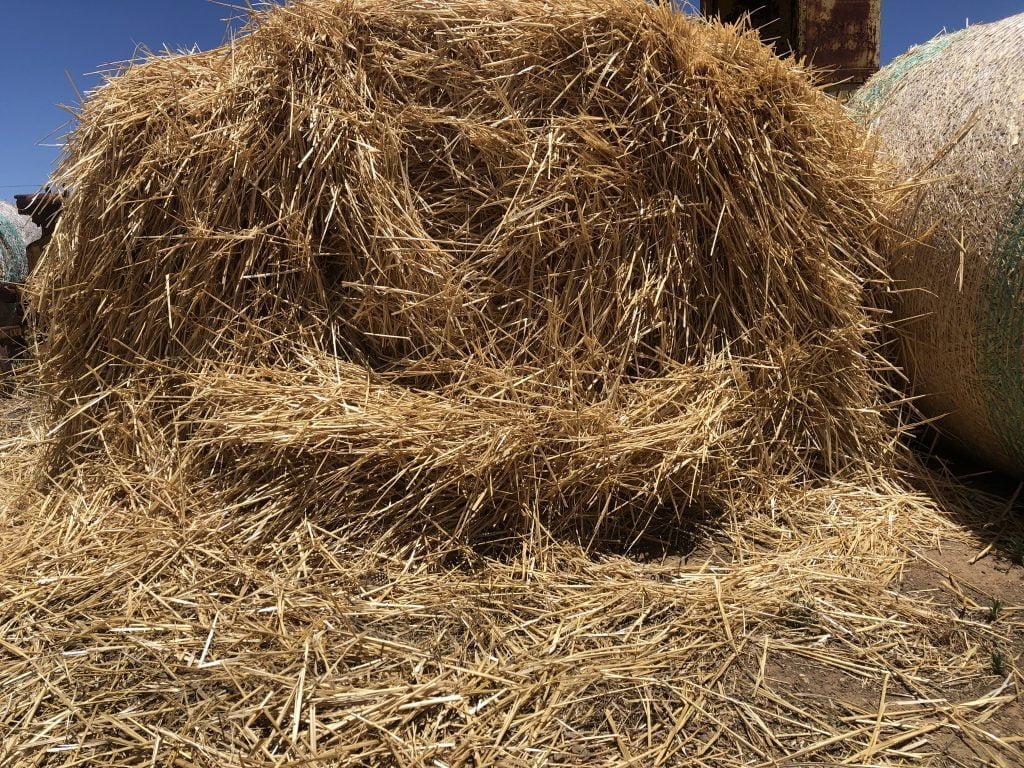
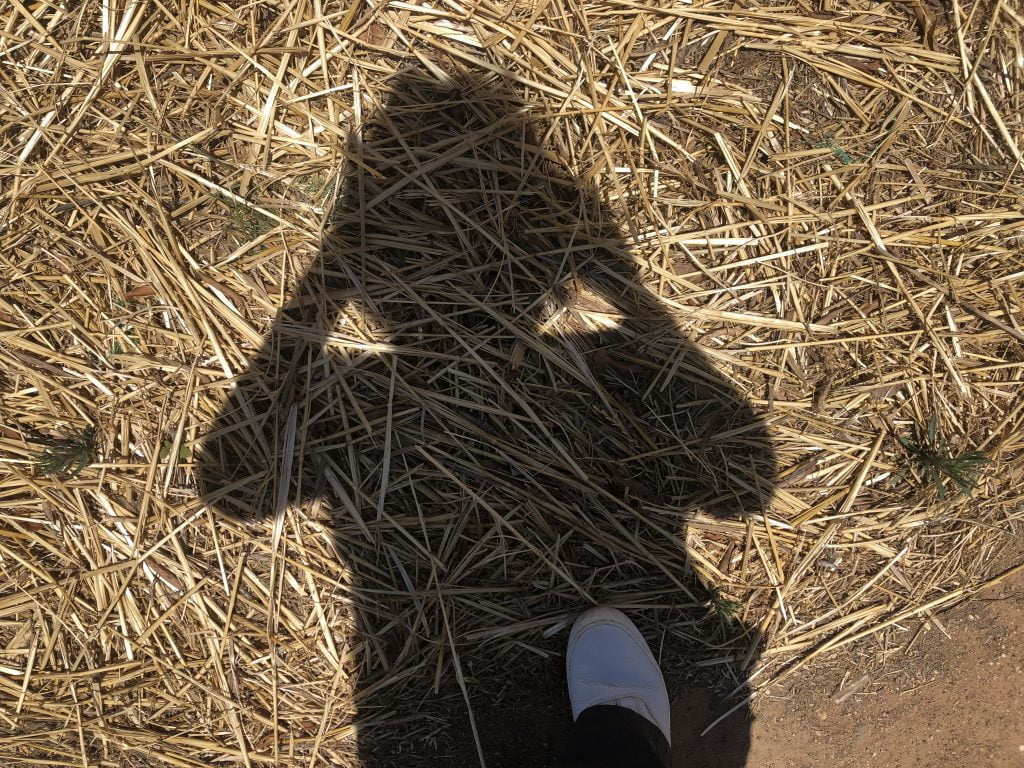
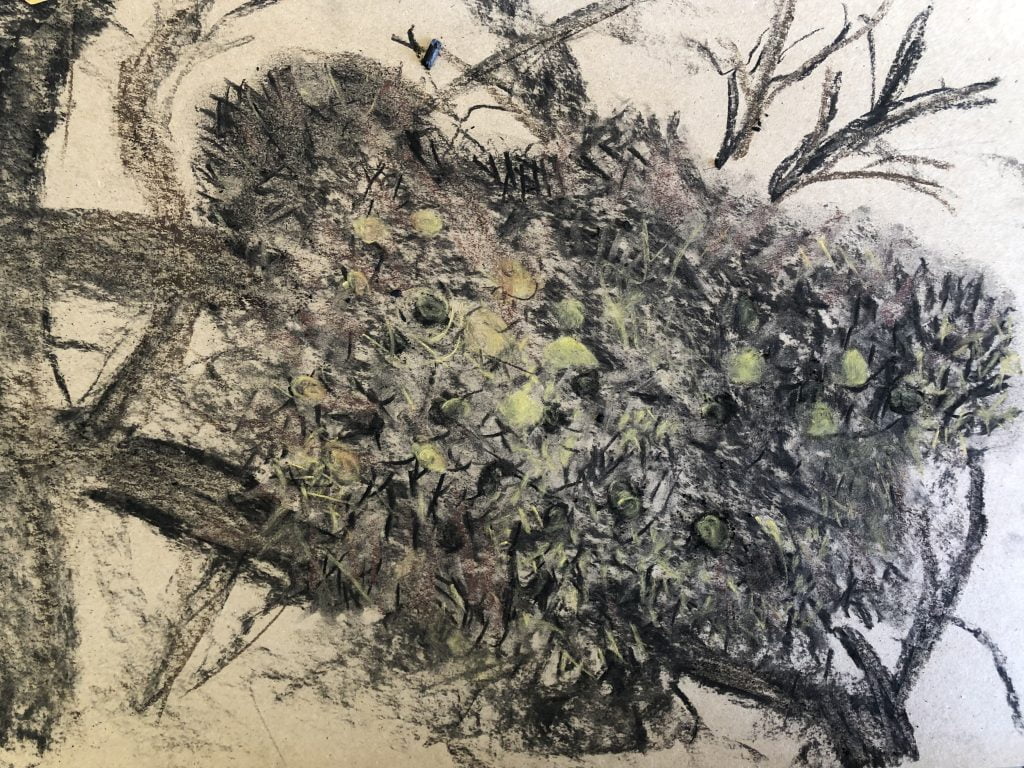
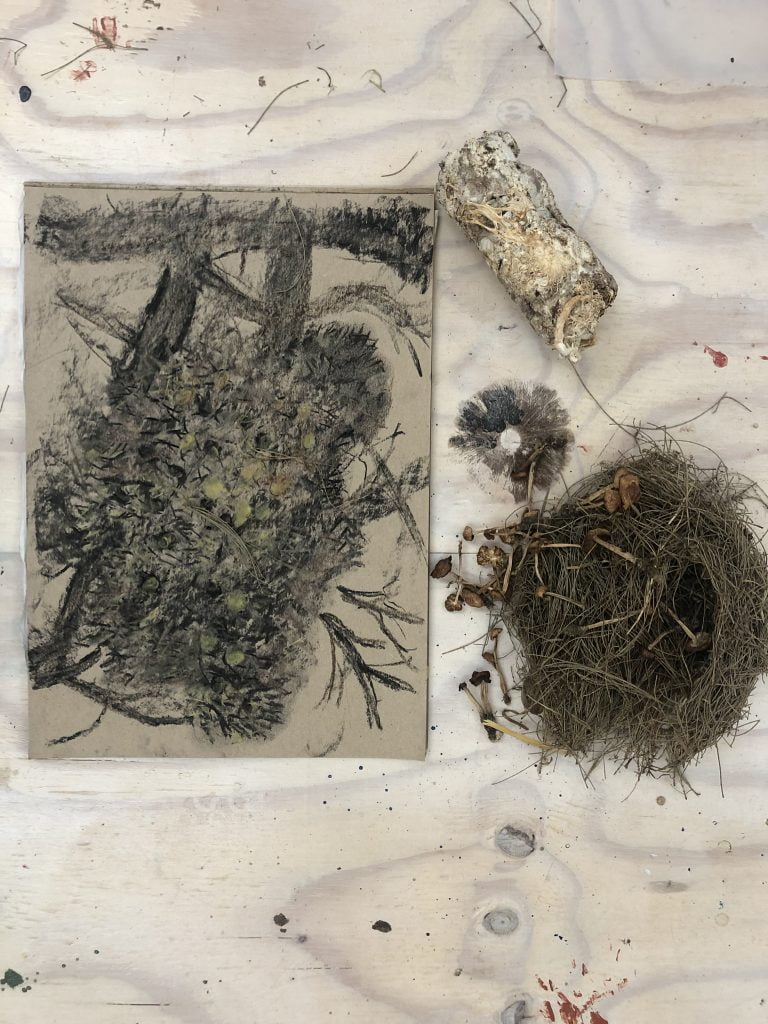
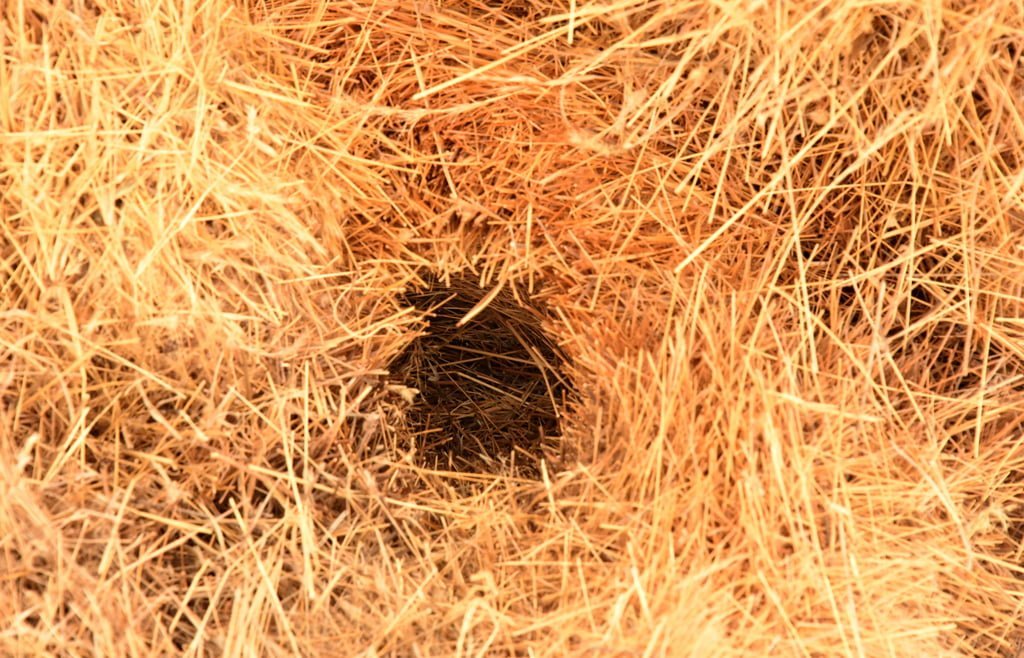
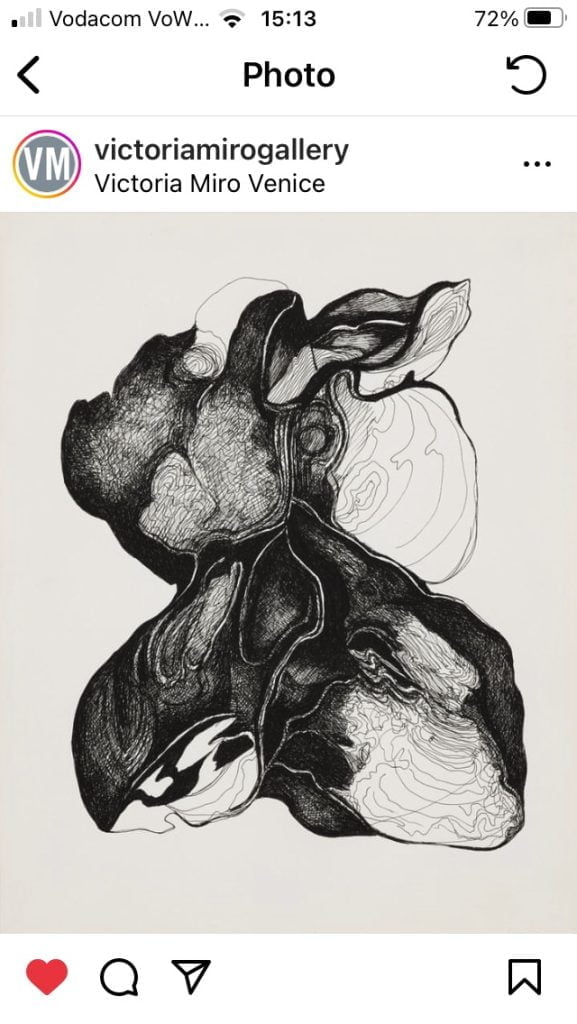
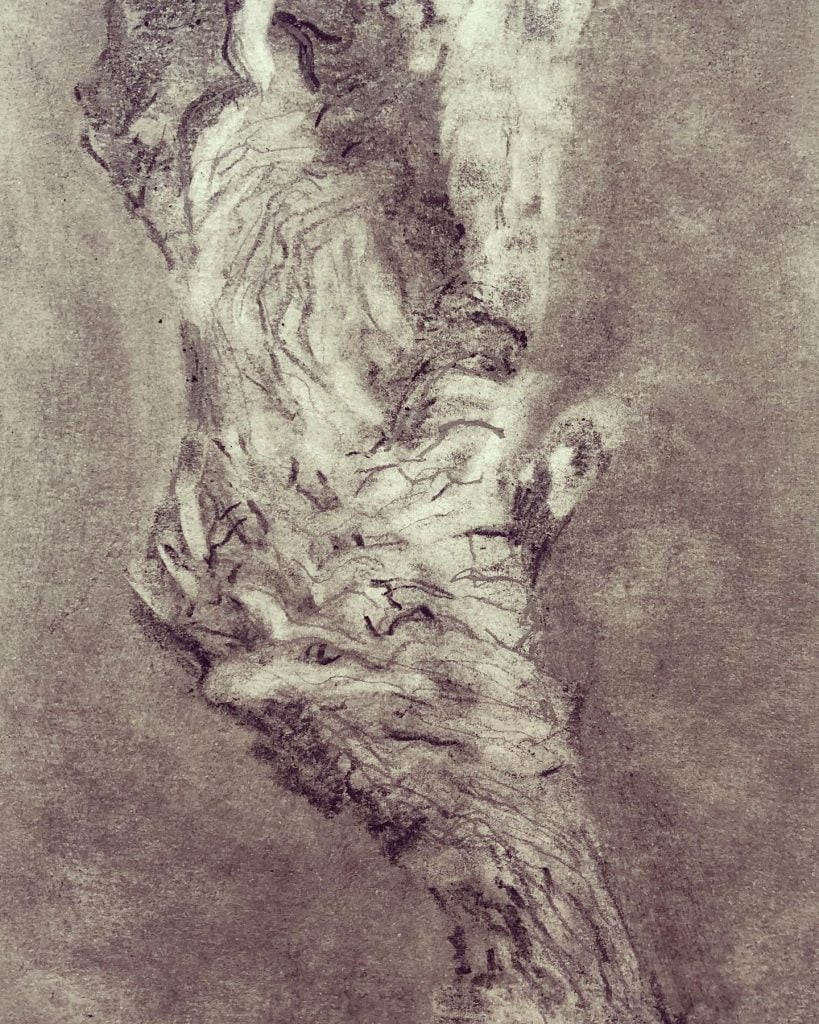
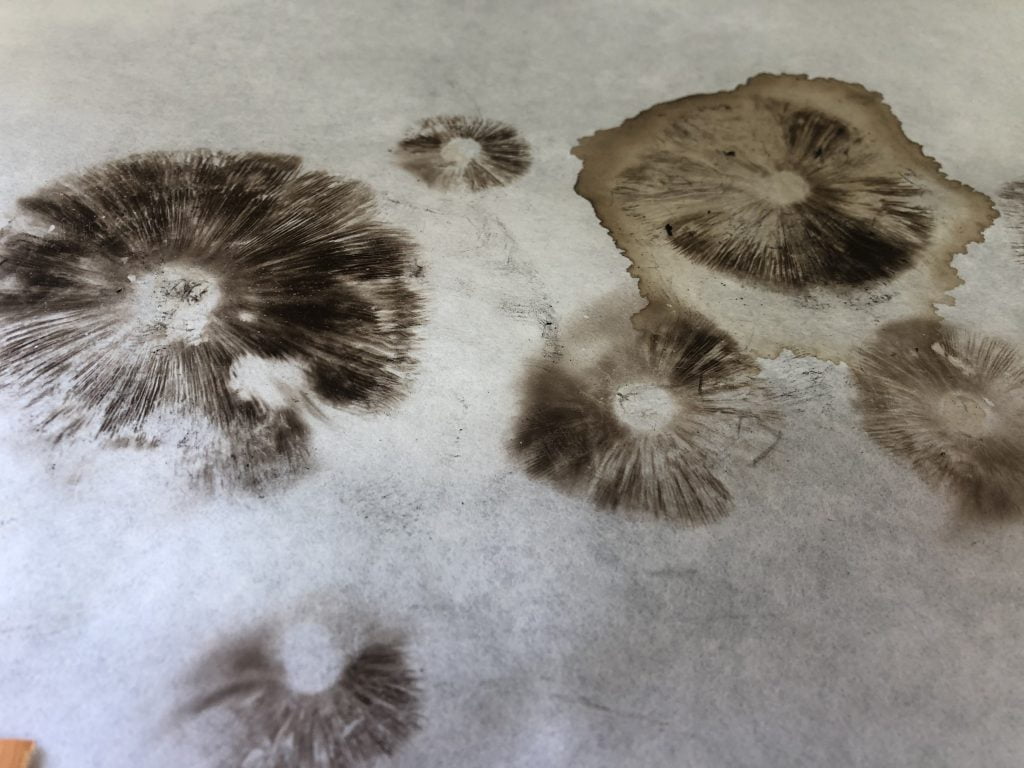
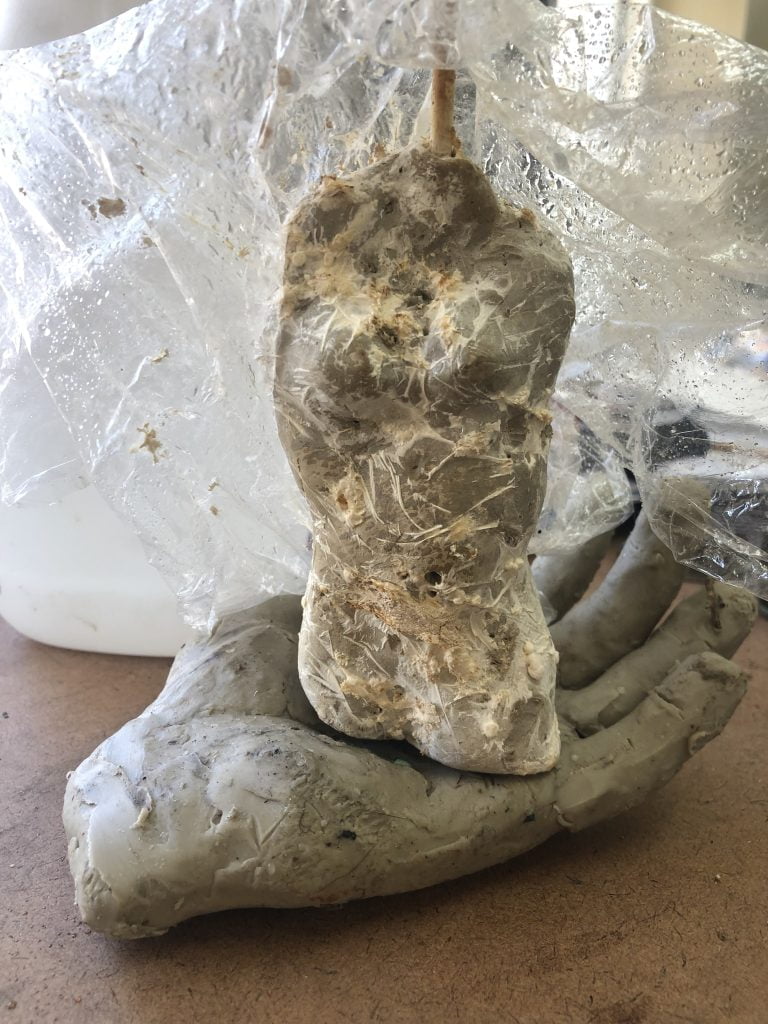
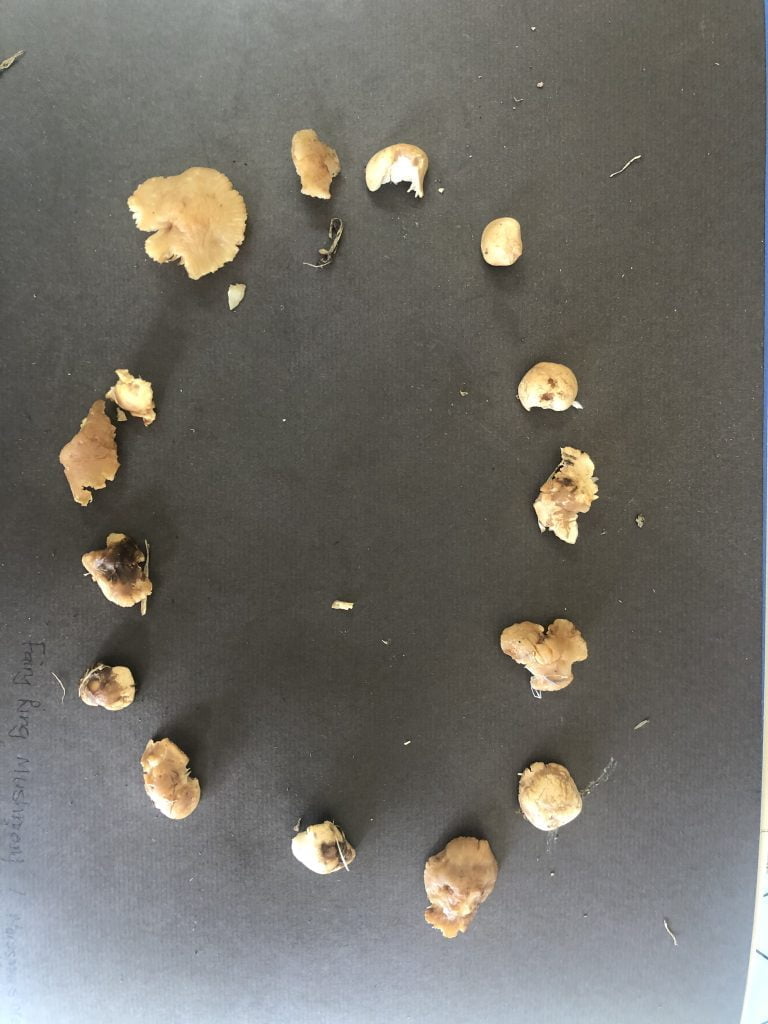
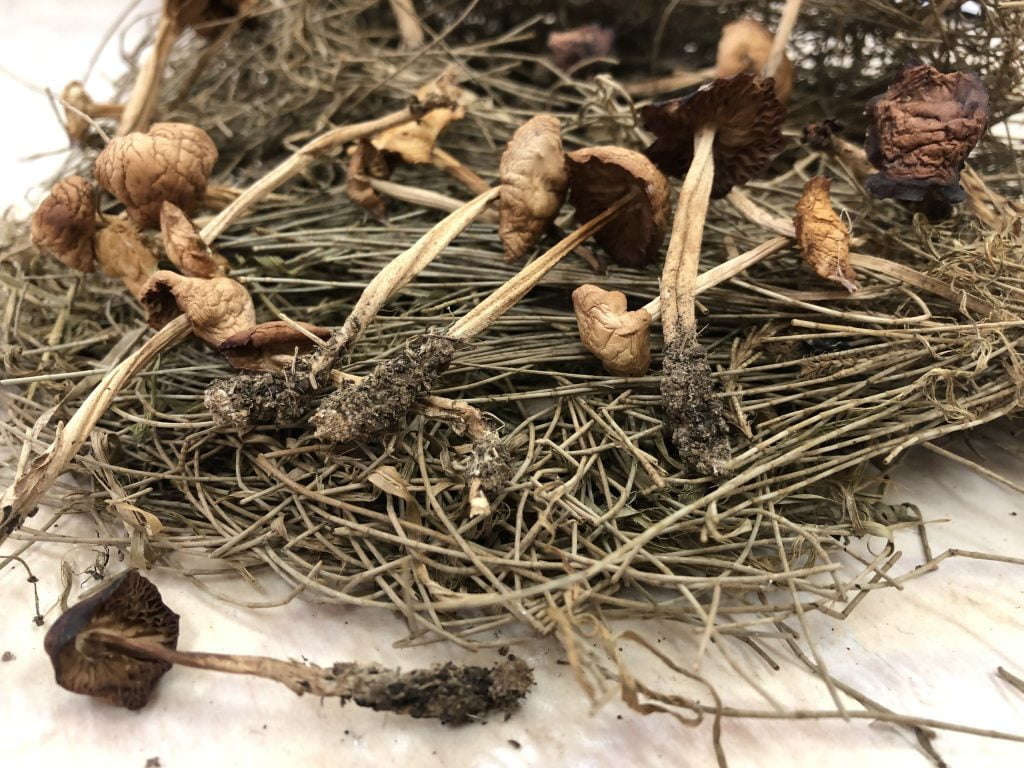
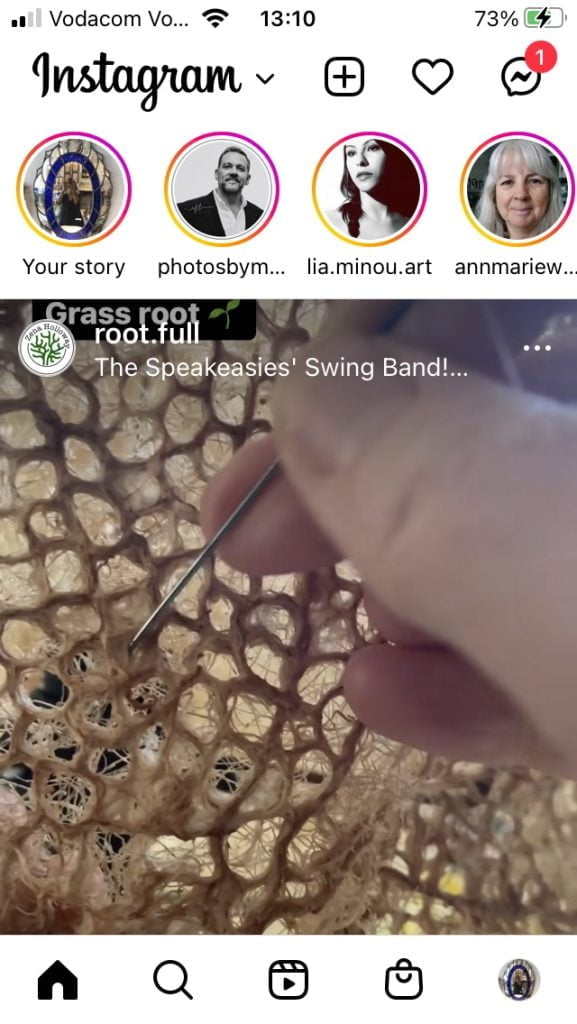
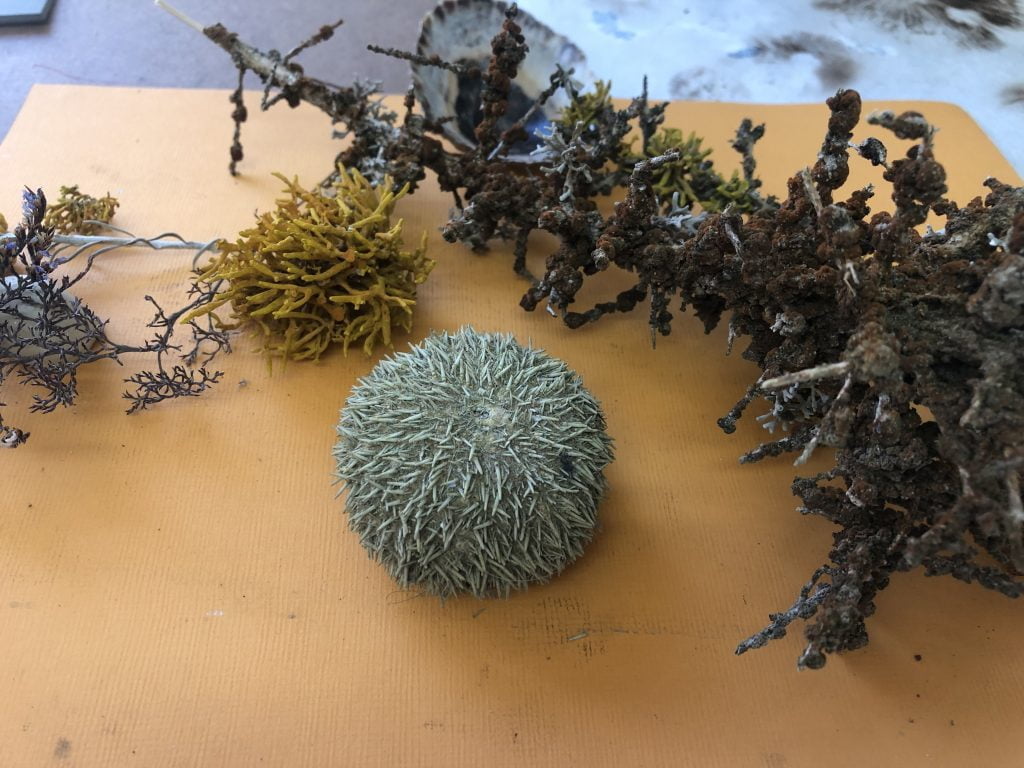
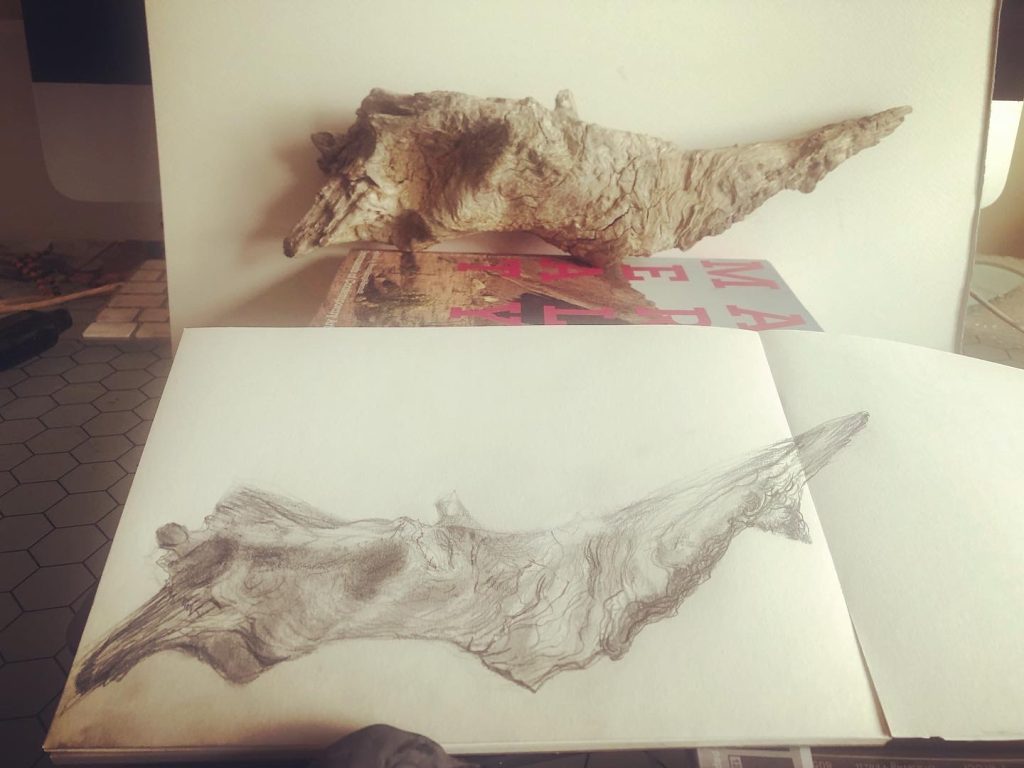
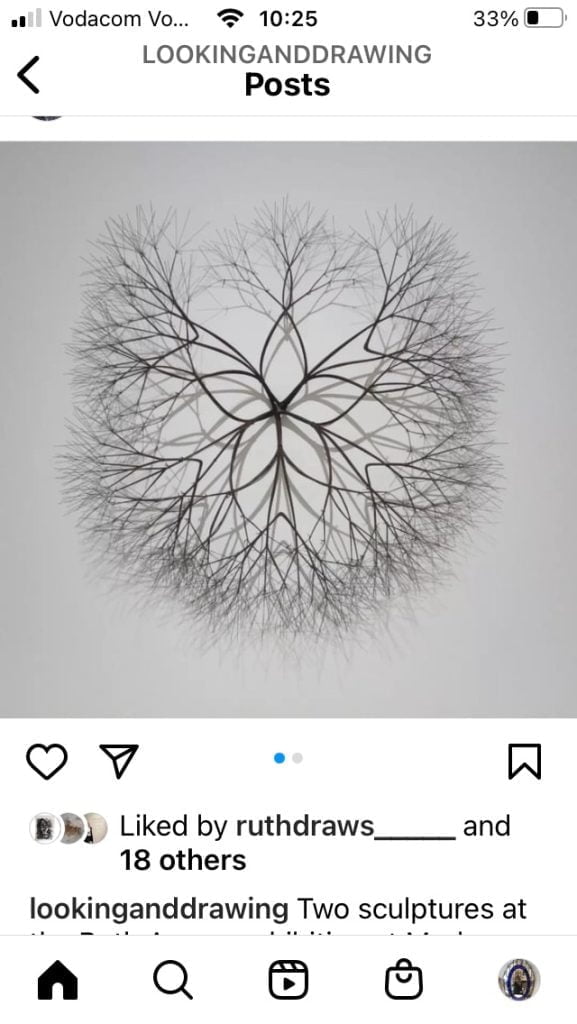
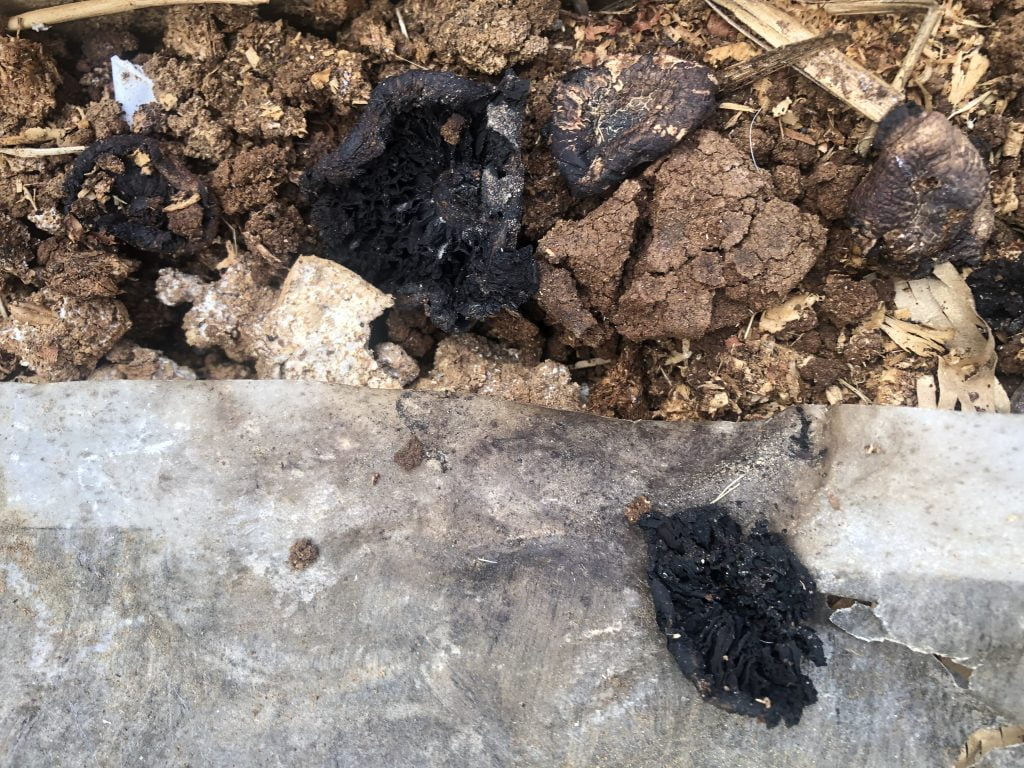
My cabinet as a thinking space to incorporate in a 3-dimensional mapping/space is starting to take form and help me to work differently. I look at the bookshelf next to my little cabinet, and together with the wall space, I do think I have something to work with. Listening to the artist Ann Goddard I was inspired to continue to share that I love making lists of words in my notebooks; these words inspire me, or I want to read about their meaning. I recently bought a typewriter and can create typed lists as part of this exploration. For the time being, my lists are handwritten and filed in a pocket display book.
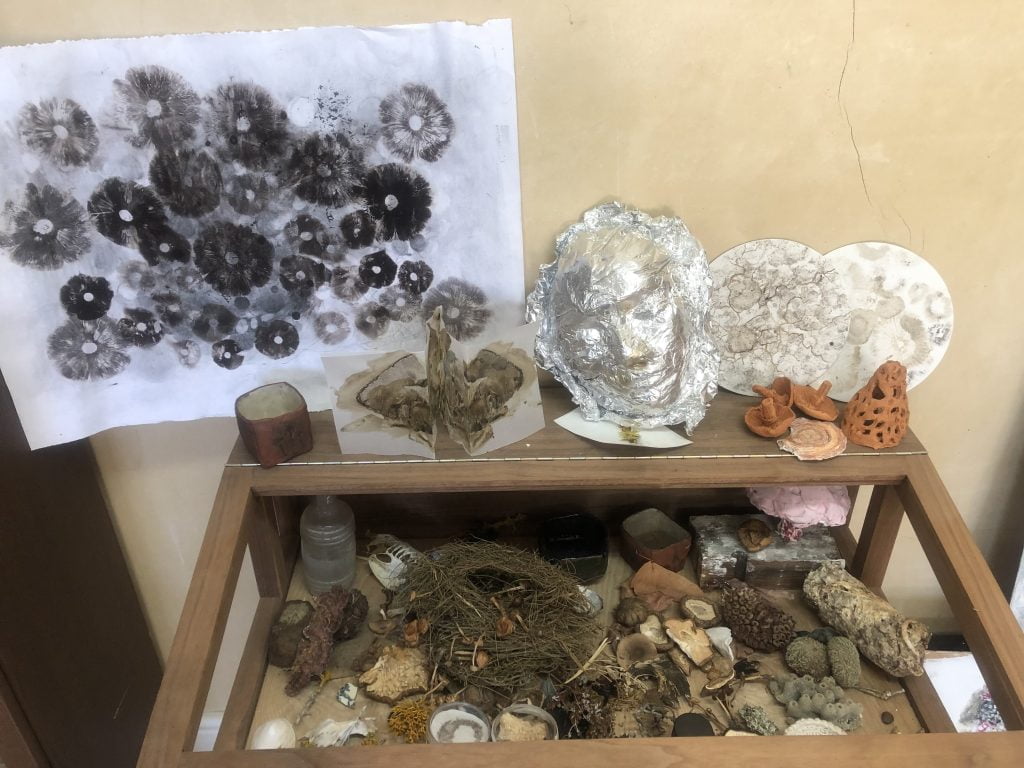
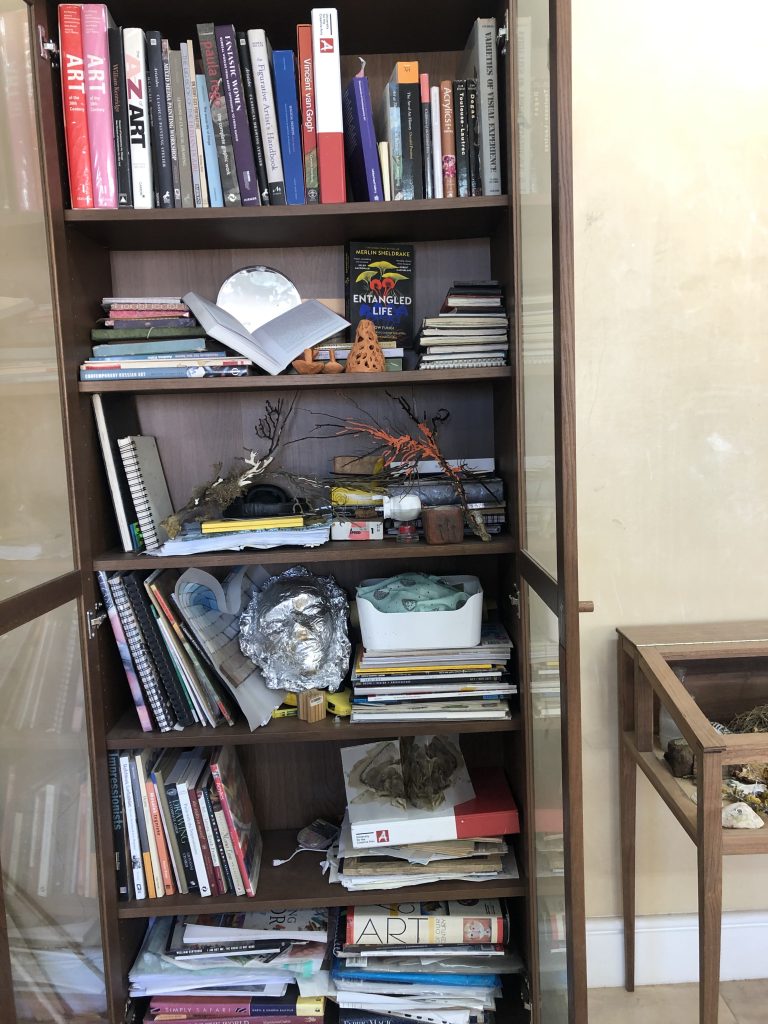
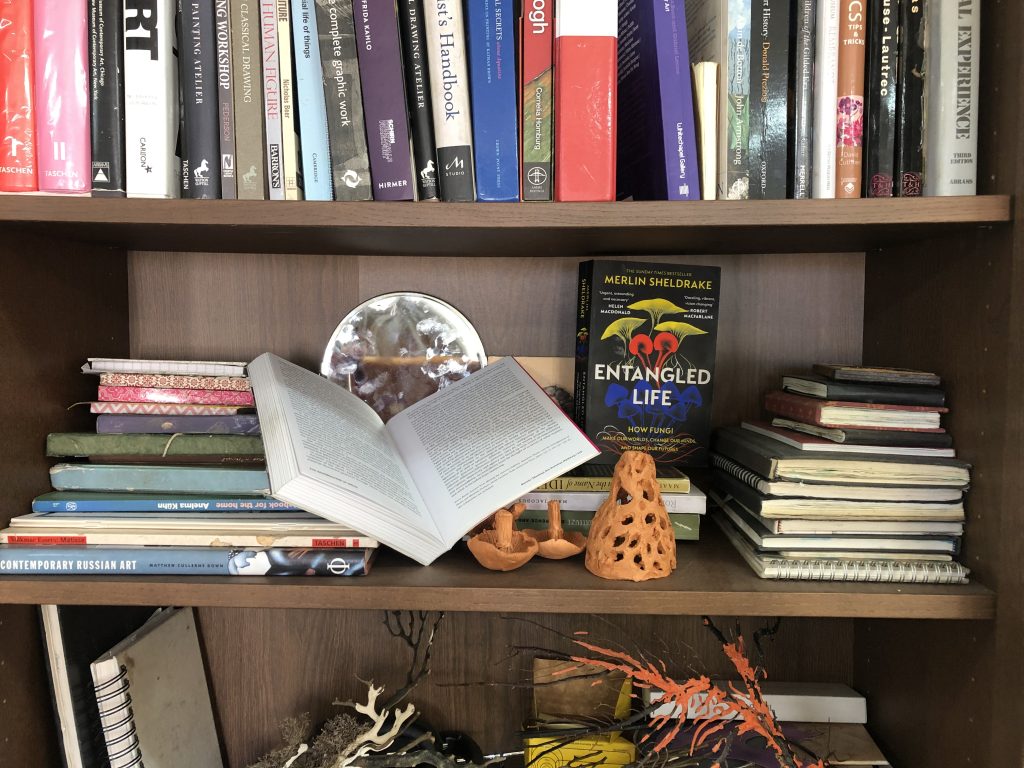
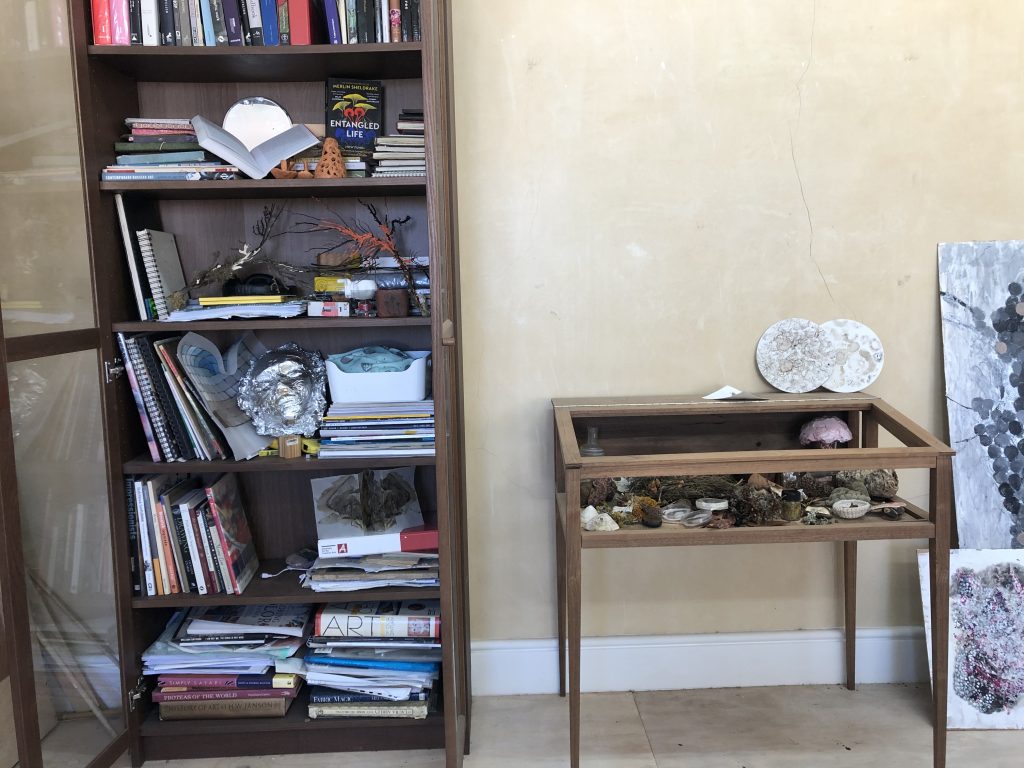
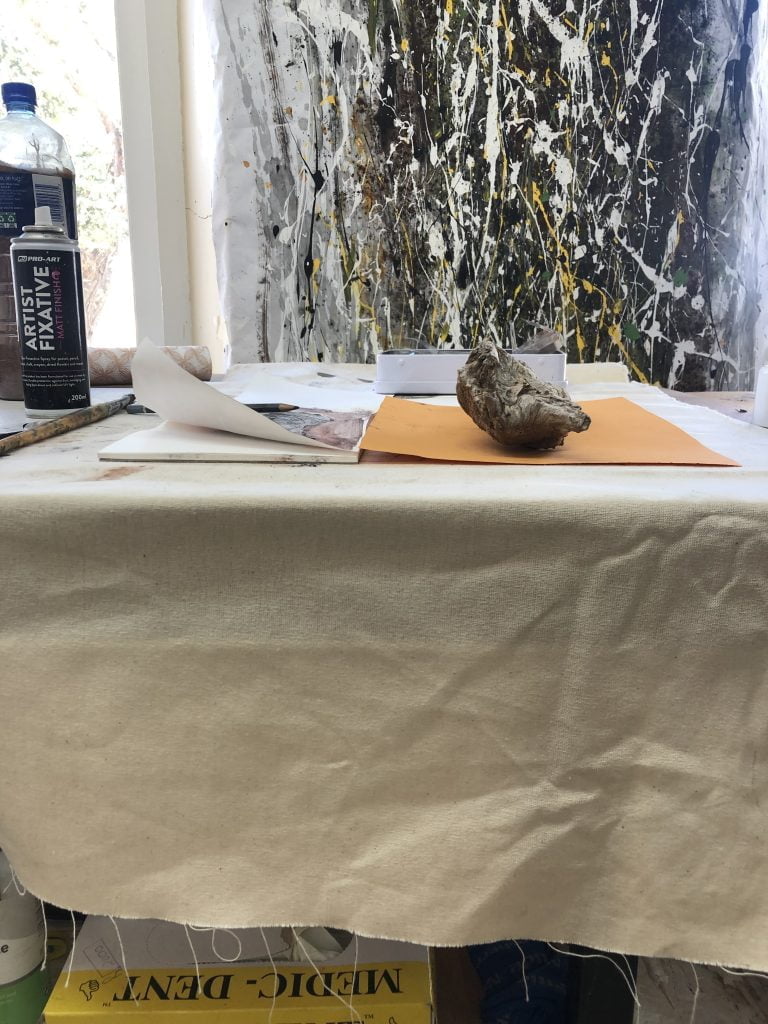
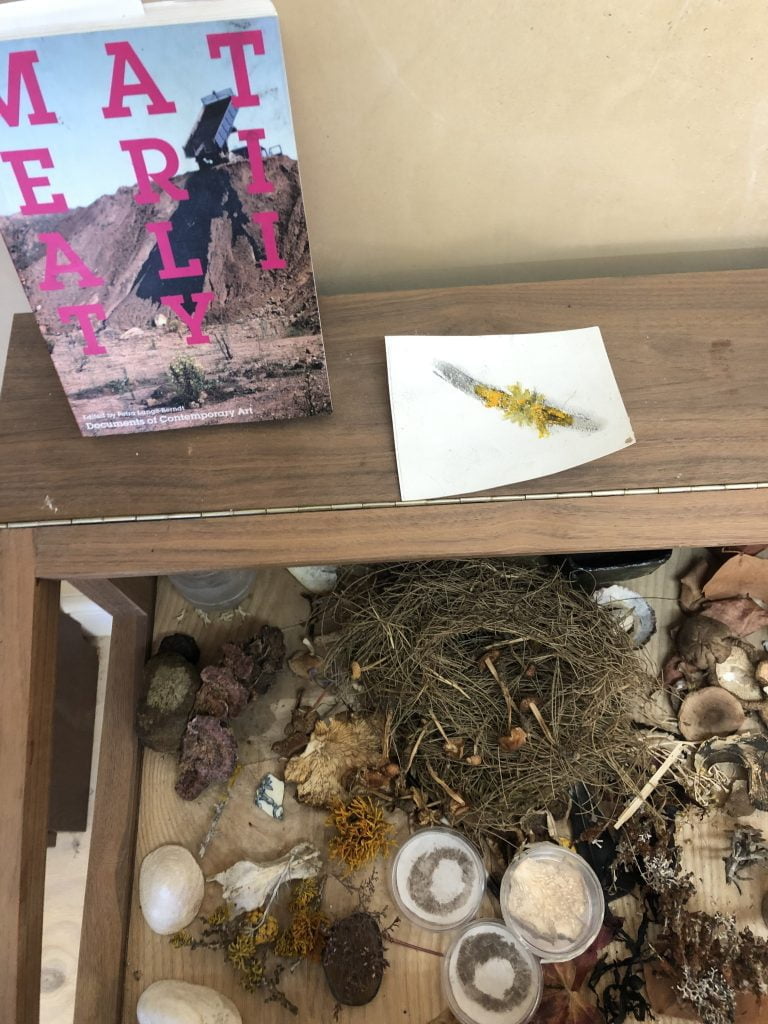
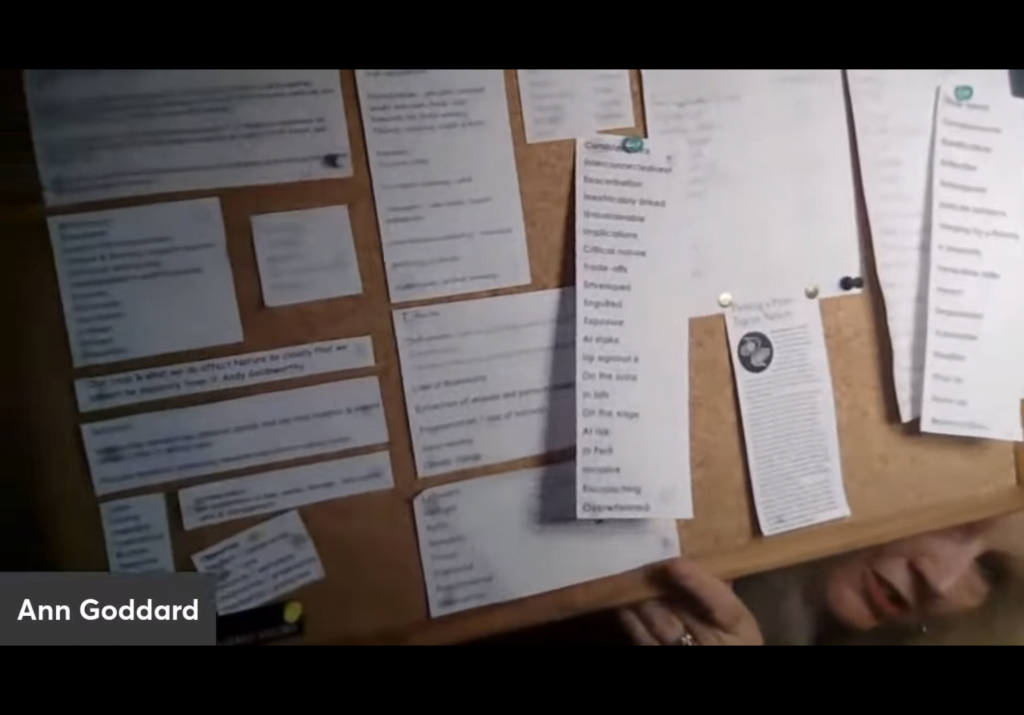
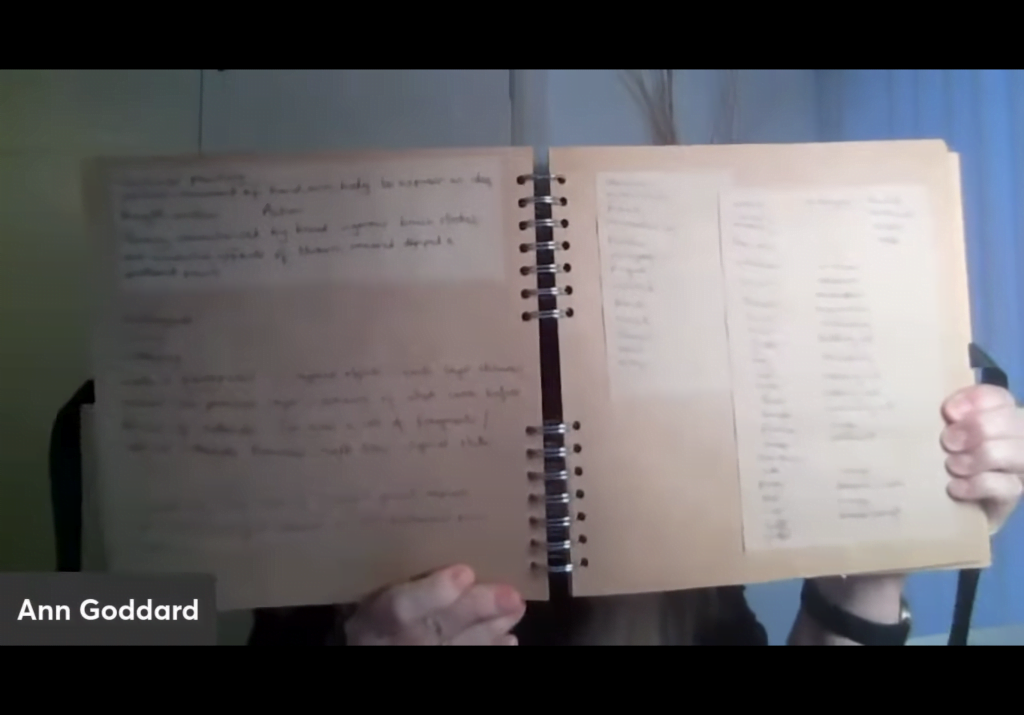
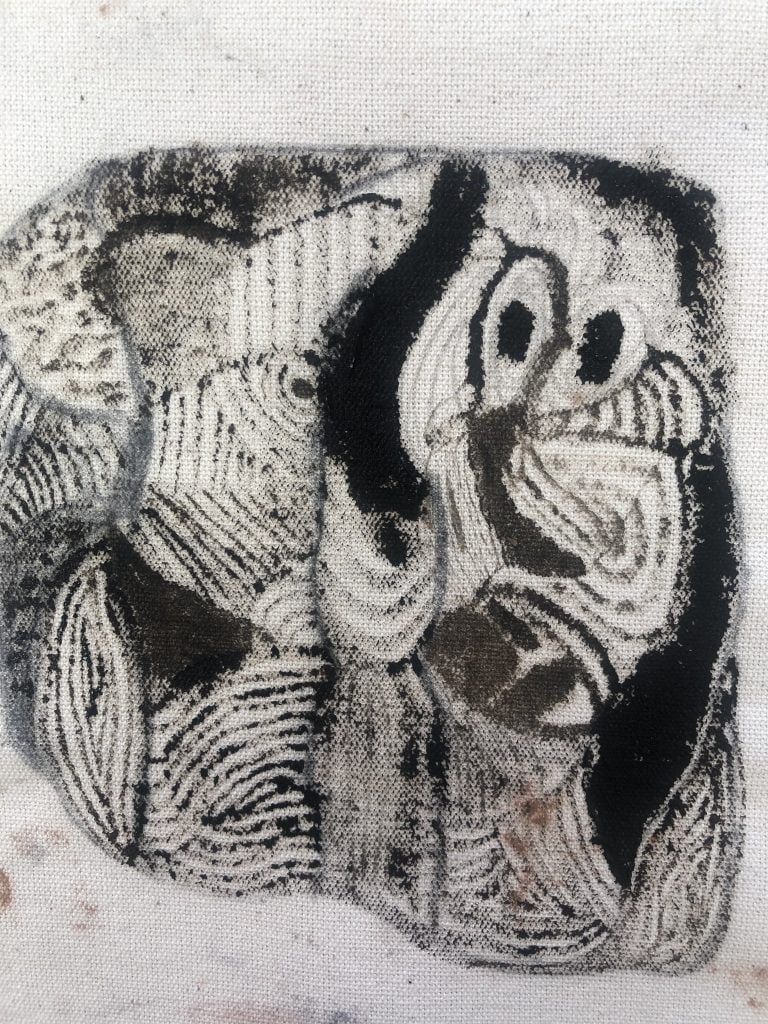
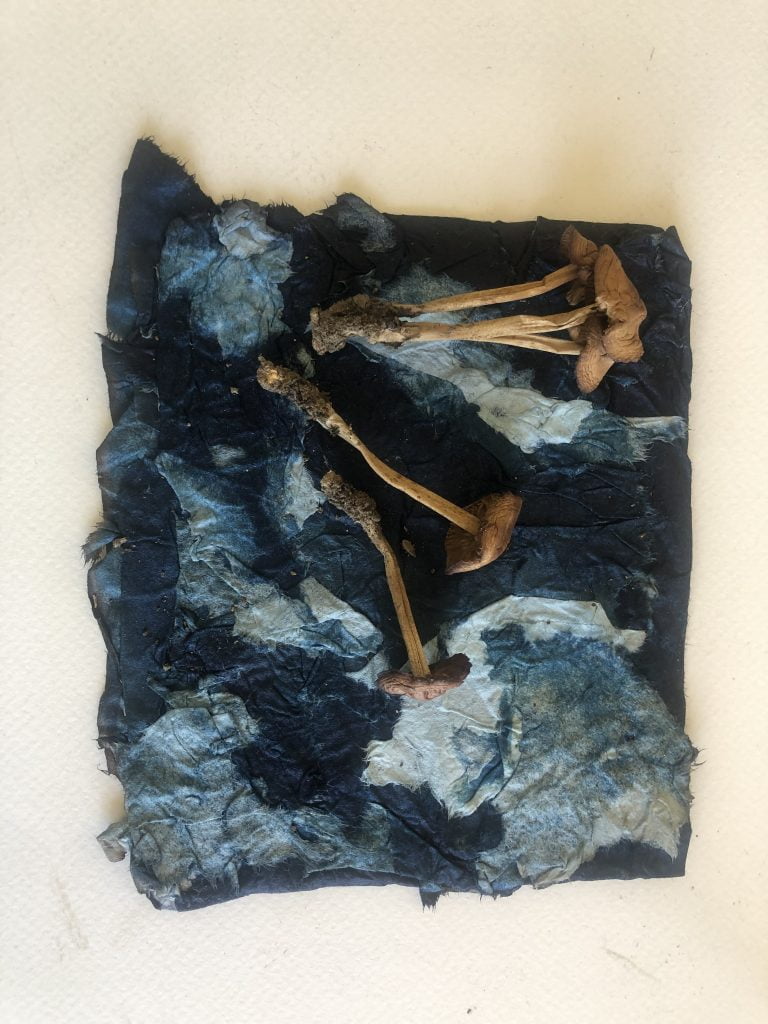
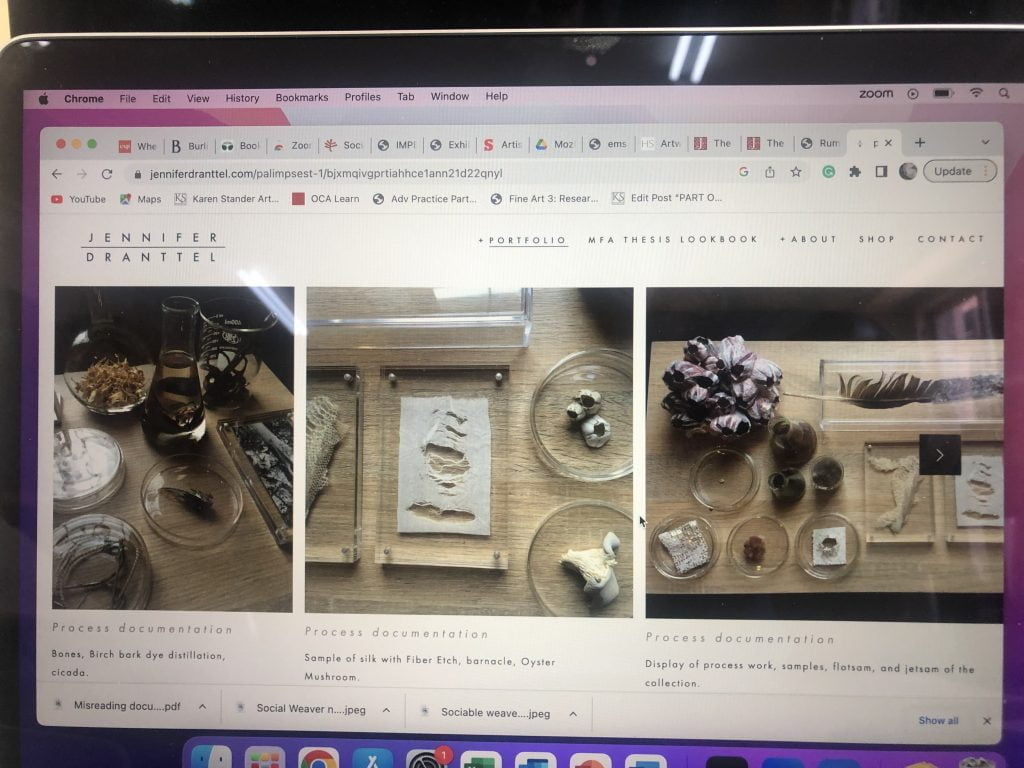
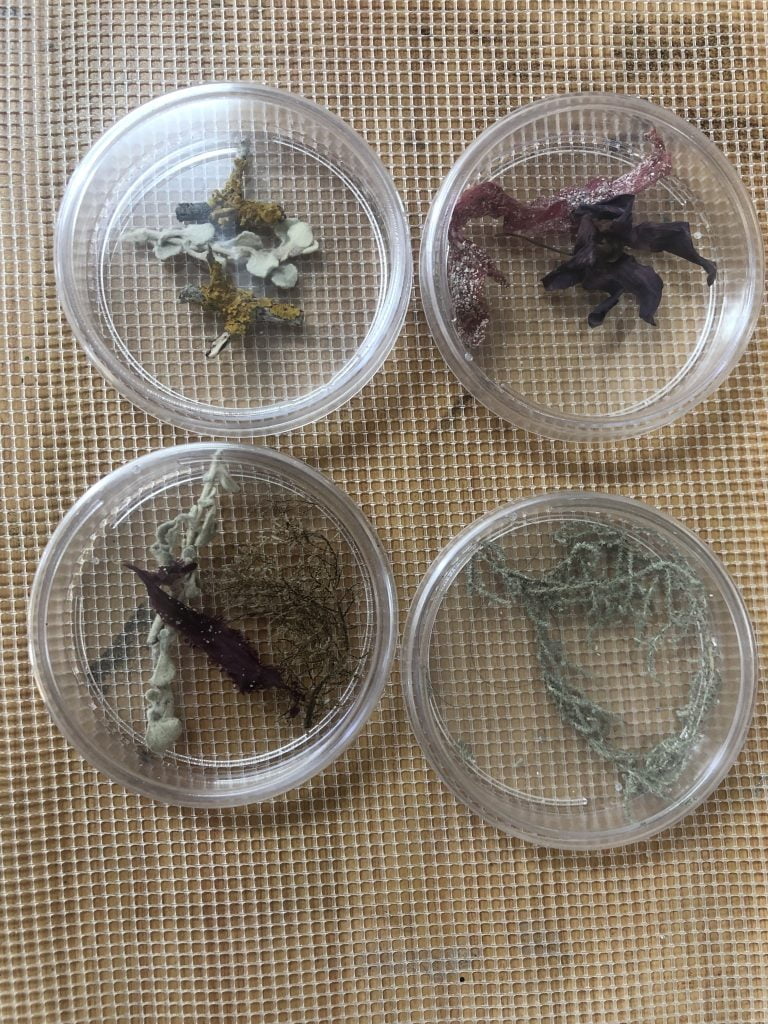
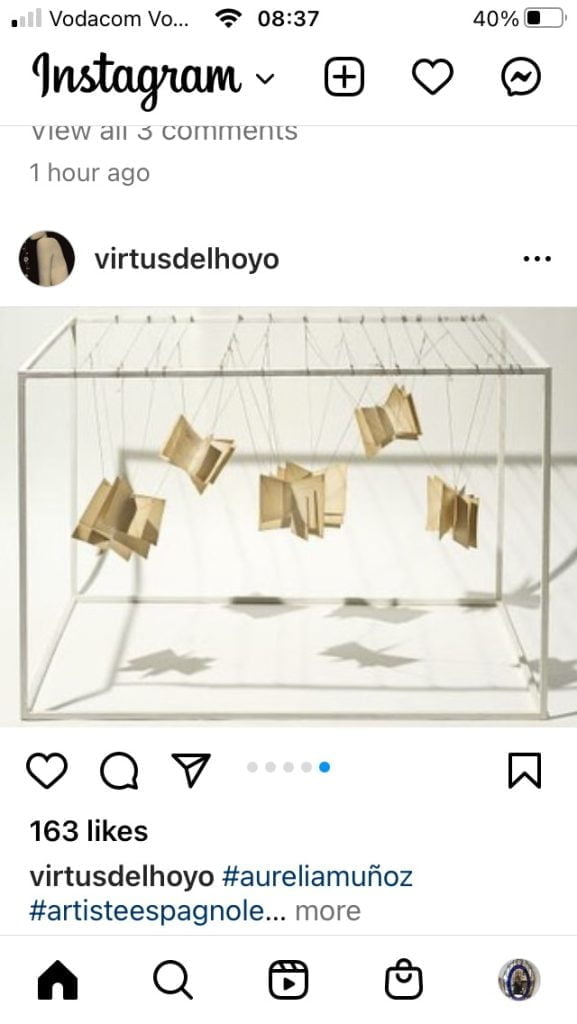
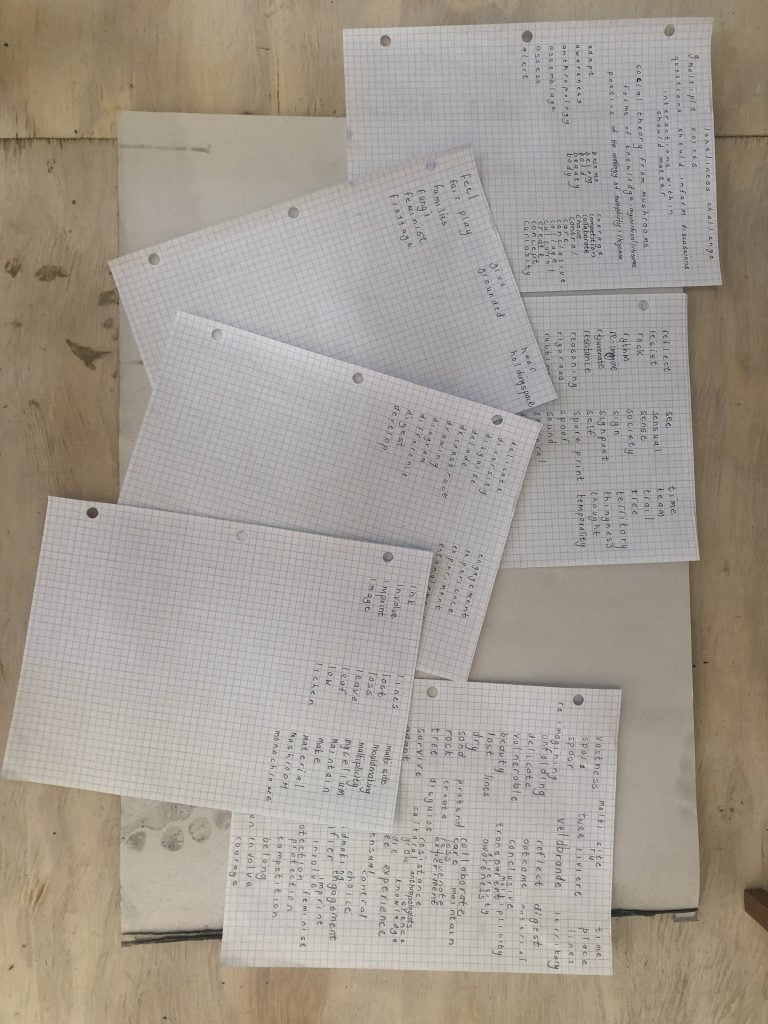
I will add my camera and tripod, and I believe I will be working more with photo images and looking at wet plate techniques, as well as Daguerre. The subtle graduations of light and shade inspire me when I draw or paint. I am sure I have a connection with Chiaroscuro and would like to do more work with this in mind.
Exercise 3.1: Making your thinking and references visible
I enjoy making wordlists or notes in my sketchbook and or notebooks. Using a phone app which allows me to layer images I find became a very inspiring way to look at references of found things I have. Below is a work with writing (lists of words and ideas which stays with me) and an image of books on my bookshelf and desk.
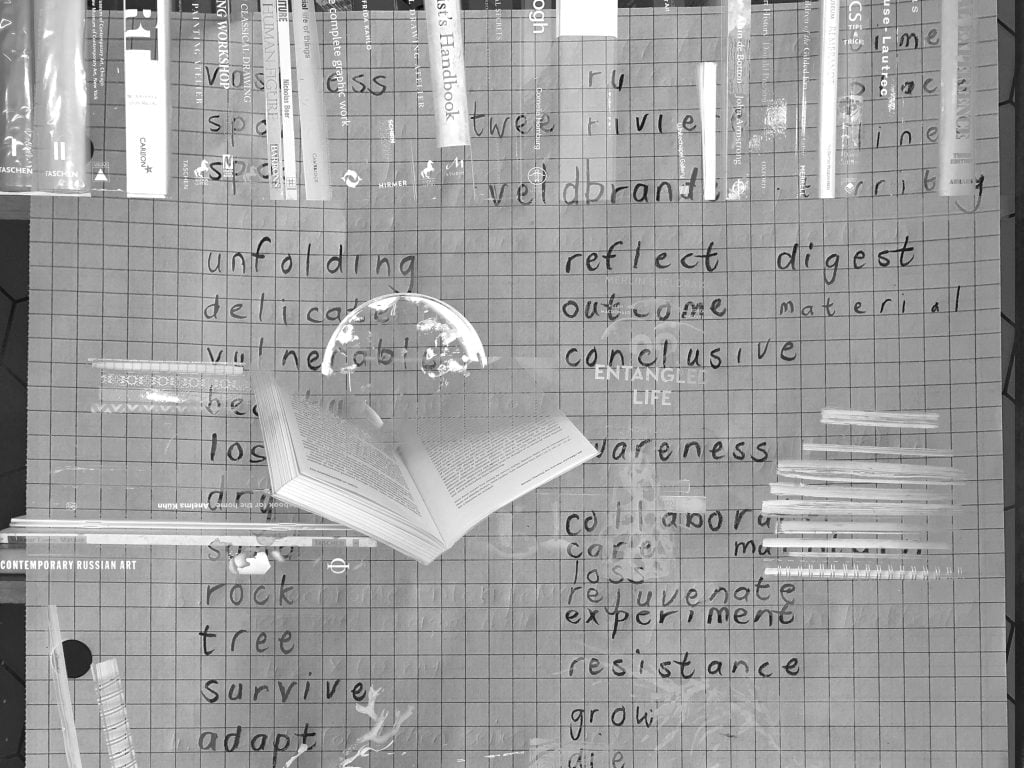
My mindmap at this stage will look as in the image below.
While making the wordlist, I became aware that words which carry meaning around trace, print, imprint, marks left behind, found, trials, and tracks… could become great material for my making and thinking. It all comes from learning how mushrooms use spores. It also opened up ideas about memory, loss, and the discovery of history. I think of snail trails (marks), animal and bird footprints, my imprints in the sand, history of finding fossils and making physical art prints. Can I connect these to a practice of thinking and making? I feel strongly that my review and developing of ideas is like a wunderkammer, as it contains found items from nature and my thinking/showing how I see or could keep them ‘alive’ or have conversations with them in my practice.
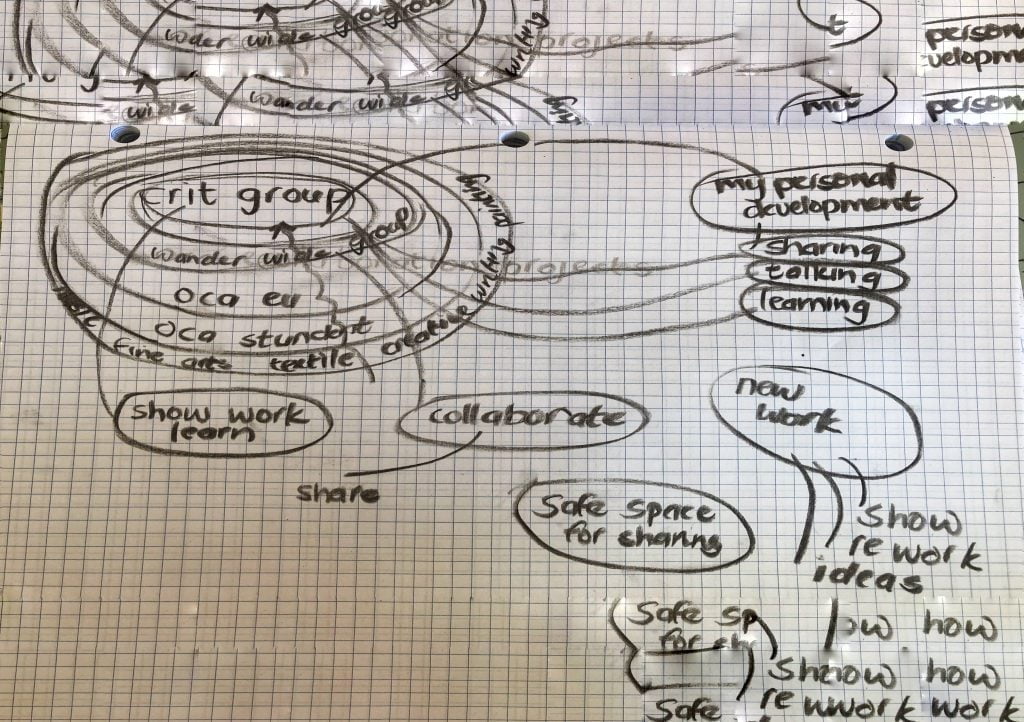
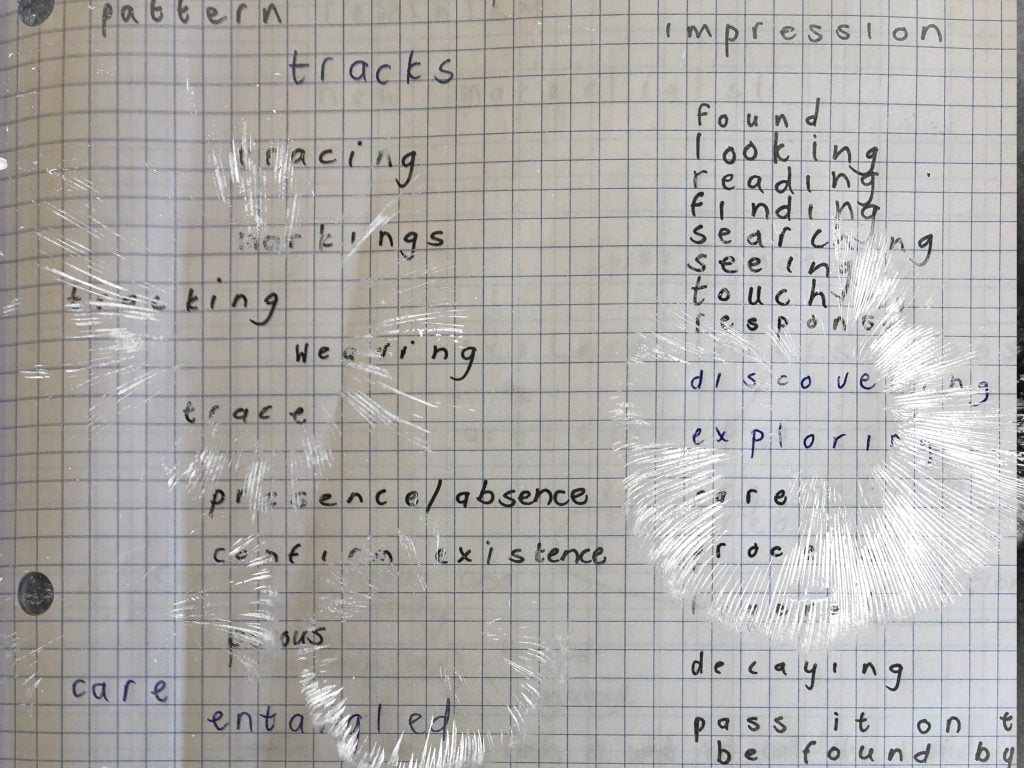
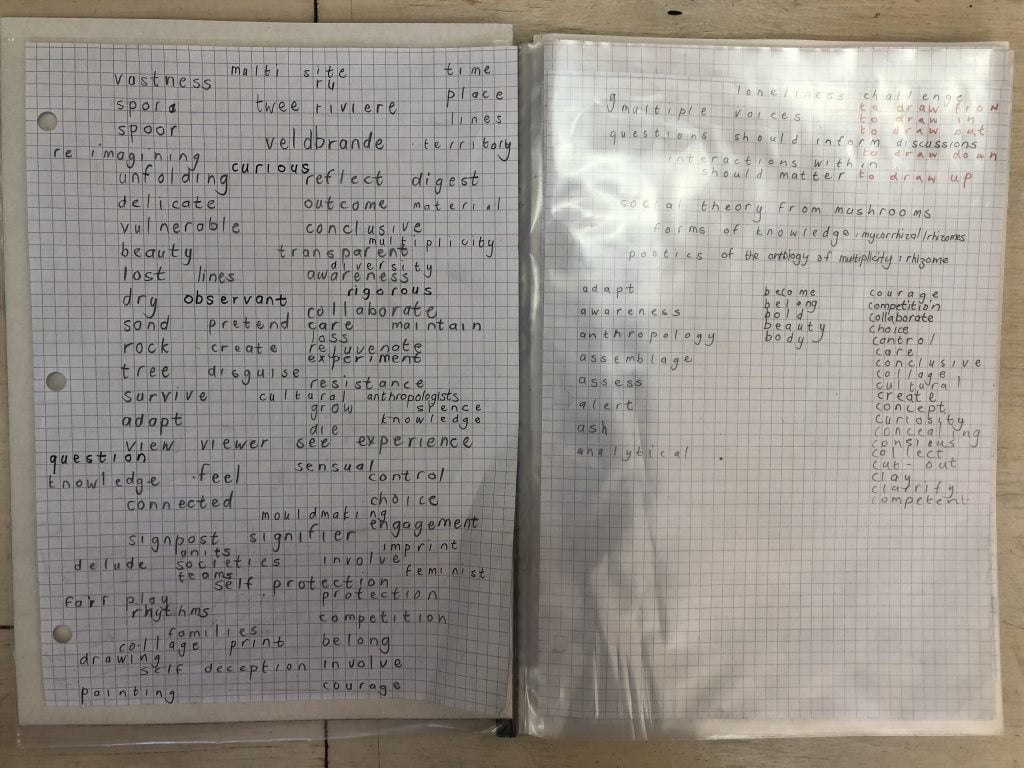
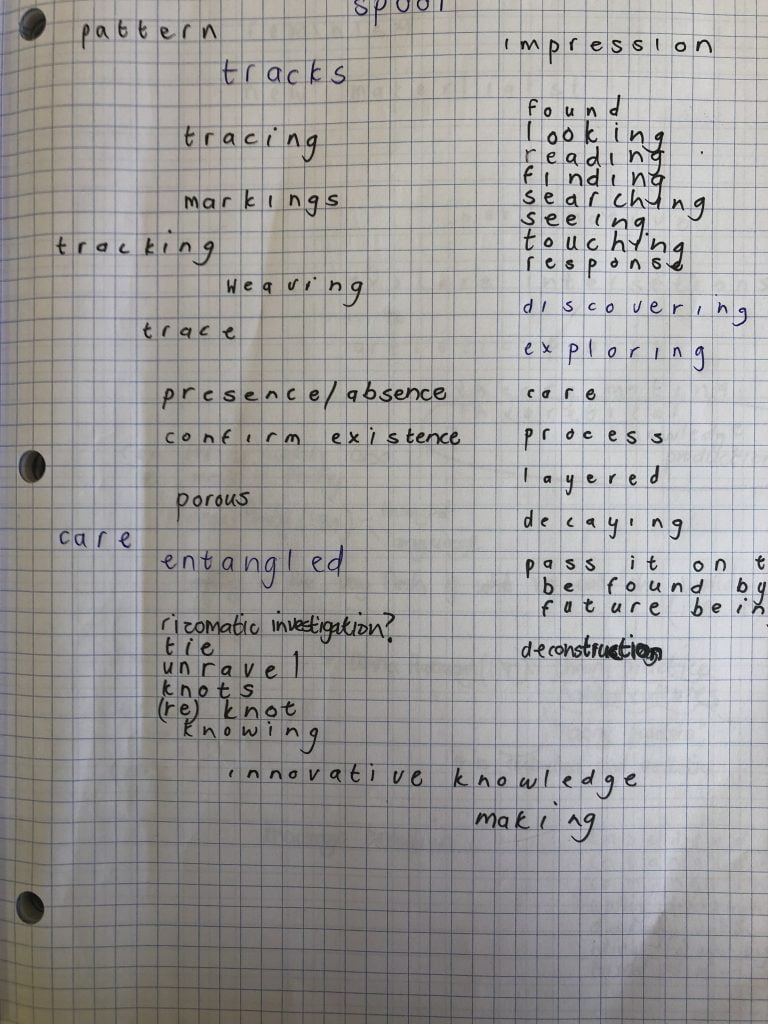
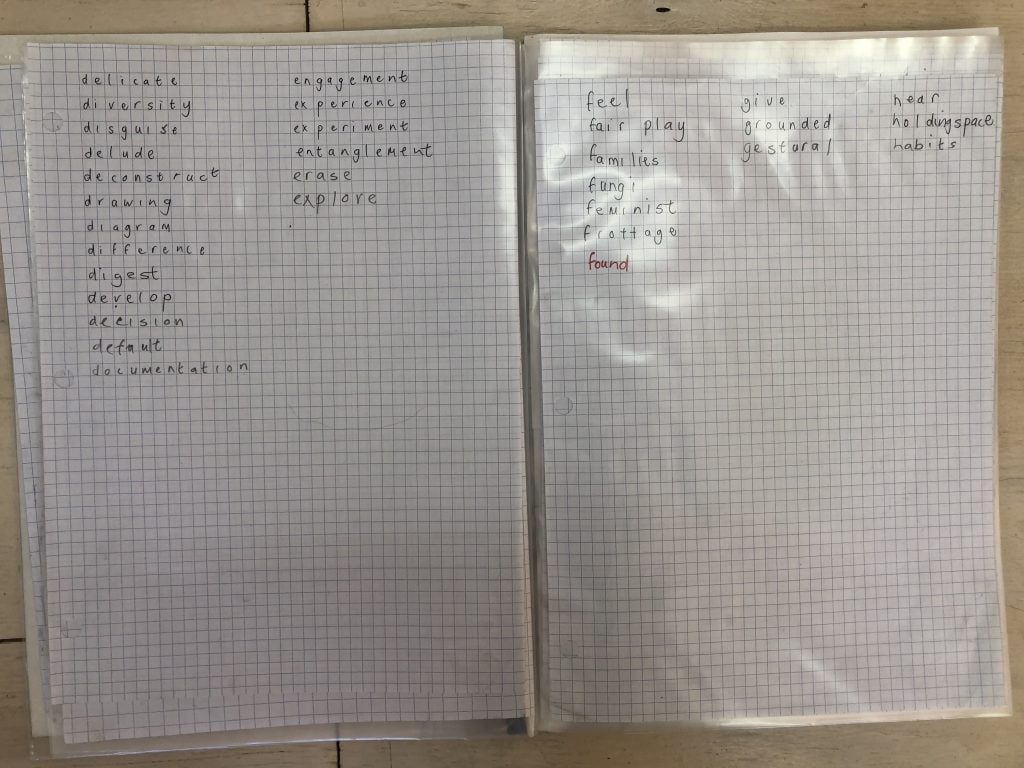
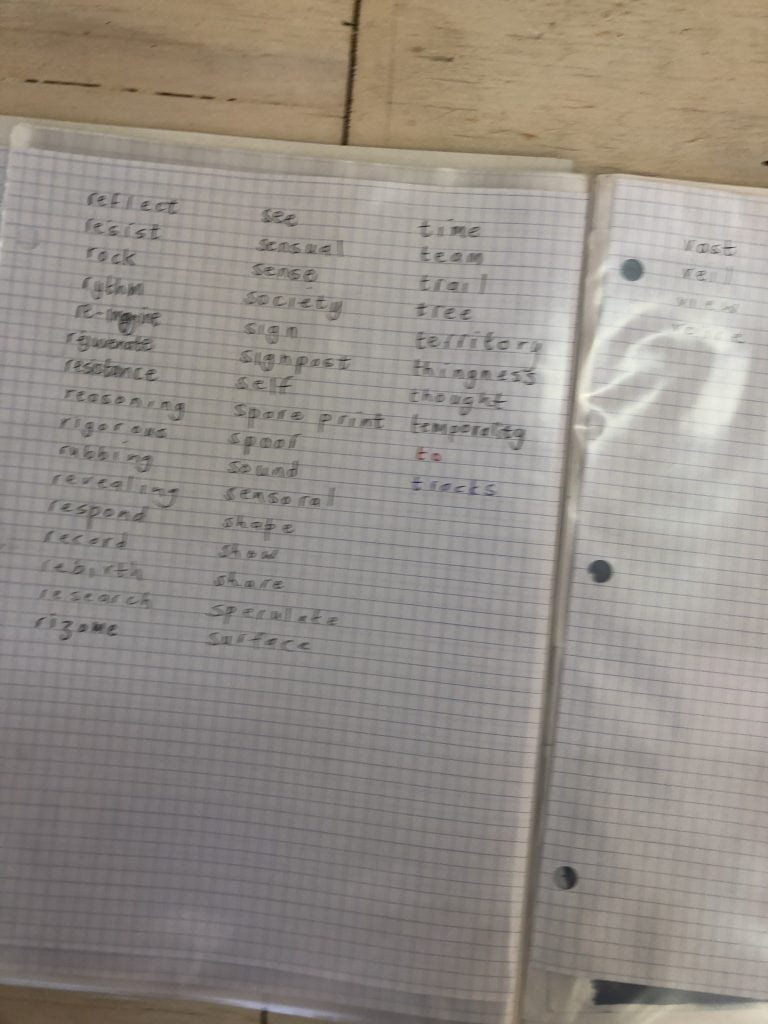
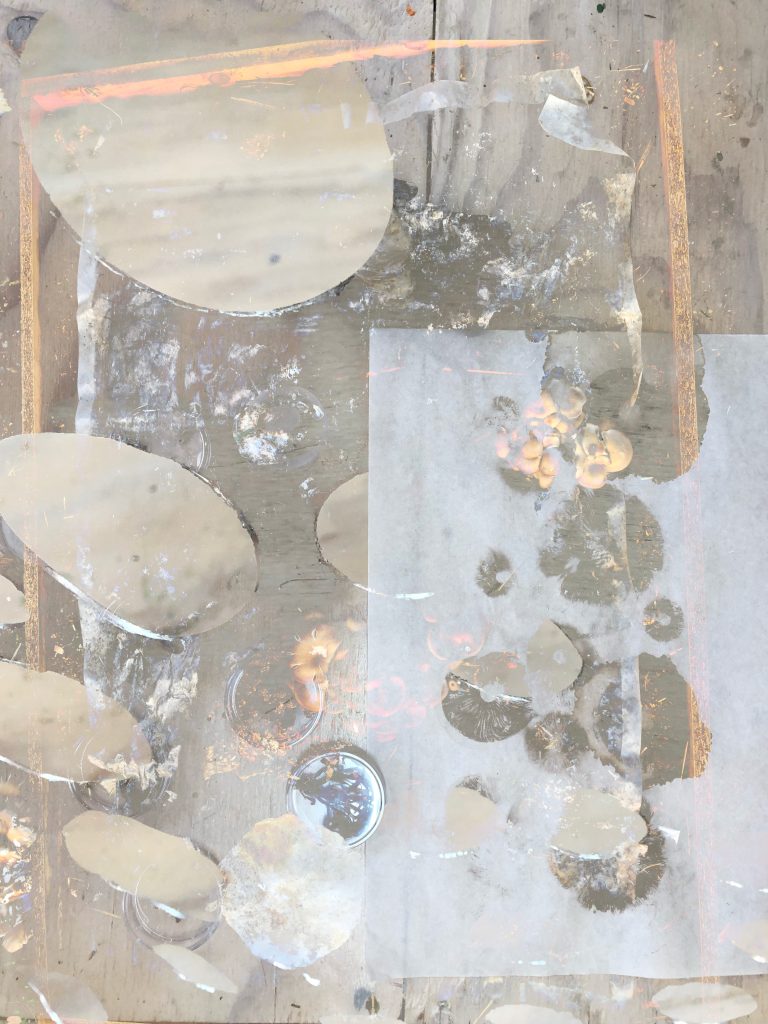
I started using sticky notes onto my desk, a glass top. Whilst writing I can work on this and build on ideas.
